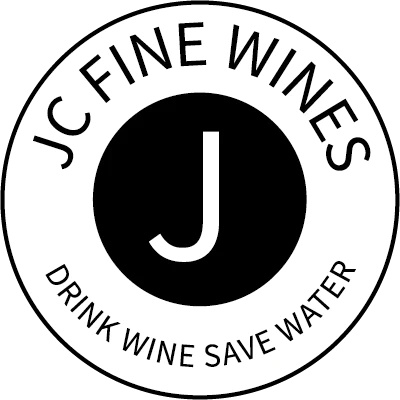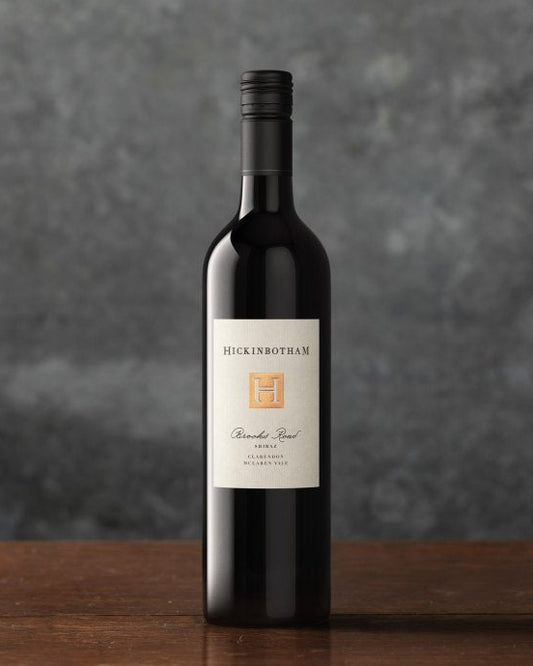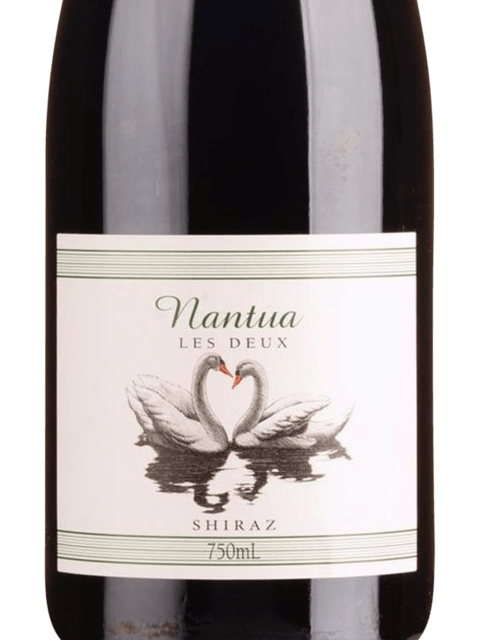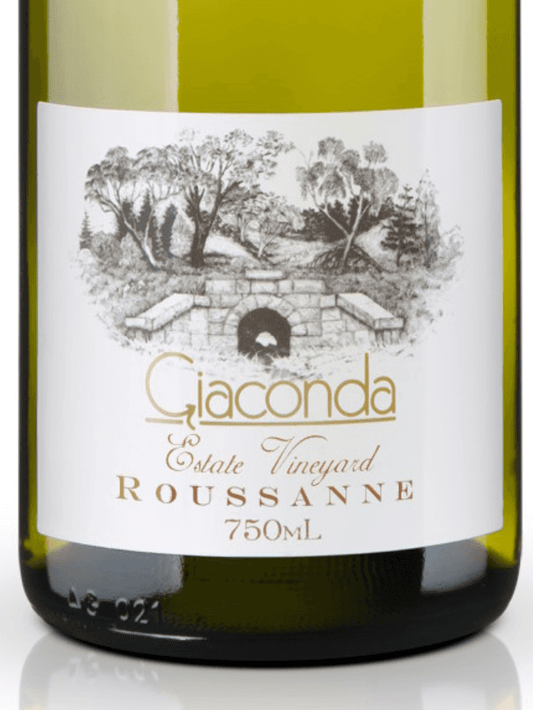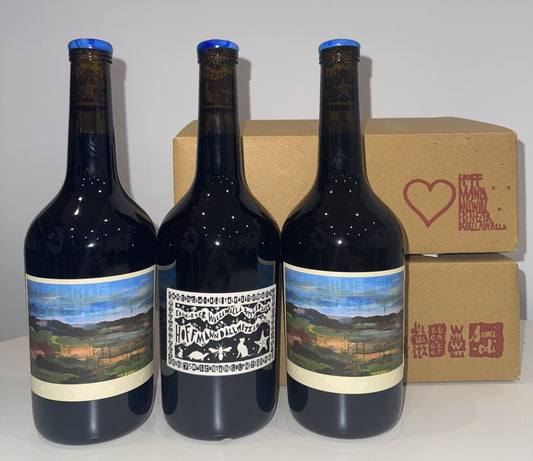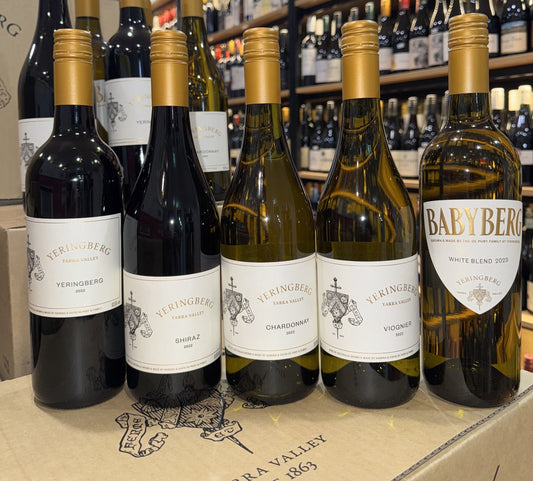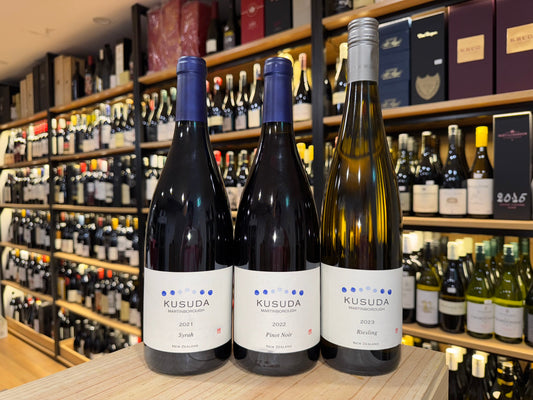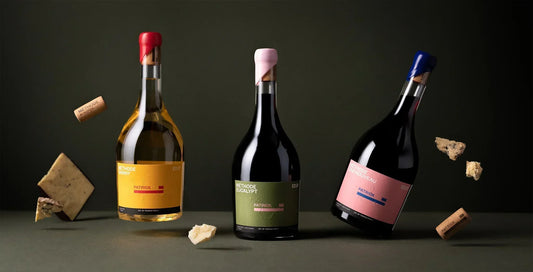
Old World vs New World Wines, always have one for you.
Echo RenShare
The global culinary landscape is rich and diverse, with each culture offering unique flavors. Similarly, the world of wine mirrors this diversity, with each wine-producing country and region showcasing distinctive tastes and strengths.
Amidst the enjoyment of delectable red wines, the terms "New World" and "Old World" frequently arise, sparking confusion for many. What precisely do these terms signify, and what sets them apart from each other?

"New" refers to the emerging wine countries, "old" refers to the old wine countries. They are basically categorized according to geography:
France, Italy, Germany, Spain, Portugal, Hungary, etc., which have a long history of planting and brewing wine, are called Old World countries, and the wines they produce are called Old World wines.
On the other hand, the United States, Australia, New Zealand, Argentina, Chile, South Africa, China, etc., which introduced wine grapes and technology during the Age of Sail and planted wine for a relatively short period of time, are known as New World countries, and the wines they produce are known as New World wines.
Old World countries with a single selection boast a winemaking heritage dating back a millennium, with deeply rooted customs and cultures that have undergone extensive scrutiny and refinement over the years.
Contrastingly, many New World wines trace their roots to European immigrants. The history of grape cultivation in these nations ranges from just over five centuries to less than a century. Take the renowned Penfolds, originating in Australia, where wine grape cultivation began around 1800, and winemaking history spans a mere 200 years.
Distinct regions, nurtured by different terrains, give rise to unique wines. Through varied geographical divisions and disparate developmental trajectories, the winemaking styles of the New World and the Old World have distinctly diverged. Below are some of the main differences.
1. Variances in Wine Taste and Characteristics
Old World red wines are generally high in acidity, low in alcohol, and introverted in aroma, while New World red wines are the exact opposite, low in acidity, high in alcohol, with rich and bold aromas.
Exhibiting an introverted style with prominent oak and aged aromas, old world wine exudes sophistication and elegance. It reveals a deep and layered profile, showcasing complexity and a well-balanced composition.
With a distinctive varietal character, new world wine presents itself as approachable, bold, and zesty. Bursting with fruit or floral flavors, it is not only enjoyable but also pleasantly drinkable.
Taste preferences vary from person to person, with some people still preferring the distinctive flavor profile of Old World wines: deep and layered, complex and balanced, and meanwhile others loving the vitality of New World wines, which are easy to start with, lively, fruity and pleasing to the palate.
2. Difference in Naming
New World regions are generally hotter, the grapes ripen better, and the wines are often named after grape varieties.
In the Old World, the emphasis is on terroir, and wines from different regions are characterized by distinctive appellations, so Old World wines are often named after appellations or vineyards.

3.Differences in Wine Label Styles
The Old World adheres to the tradition of informative labels, which can sometimes be used to infer the quality and style of a wine, but the complex and difficult language of European wine-producing countries is a major obstacle to consumers. However, the style of the labels is generally more conservative and classical, with few flashy and bizarre designs.
New World labels are more modern, mostly easy to read, and are mostly in English, which is easier for consumers to understand in this widely spoken language. New World labels have a more contemporary style and sometimes feature cute little animals. However, sometimes consumers are unable to judge the quality level of a wine from the label in detail, and can only look at the appellation, winery and various wine reviews to distinguish a bottle of wine.

4.Laws and Regulations Vary Greatly
The Old World tends to have strict hierarchies, with the French AOC system being the most classic, with detailed and complete regulations on appellations, grape varieties, yields, harvesting methods and vinification, but this ensures that the wines are of a certain quality, while at the same time restricting their overall style.
In contrast, the New World is less strict in terms of wine regulations, and wineries are free to choose their grape varieties and winemaking techniques, thus allowing more room for innovation.
5.Big Differences in Winemaking Process
Old world adheres to tradition, new world focuses on innovation.
For instance, Burgundy, France, the world's most famous wine region, still bans mechanized harvesting when it is in vogue. Some wineries have tried to innovate by switching to machine harvesting, only to be driven out by a coalition of local wine farmers.
The New World, on the other hand, is more focused on the future, focusing on scientific winemaking, and constantly developing new winemaking techniques to meet modern wine-drinking needs, such as fermentation in stainless steel barrels, adding oak chips to increase the flavor of the barrels, and the use of screwcaps, all of which are the first of their kind in the New World.

Final Words
Regardless of your preferences, both the Old World and the New World offer high-quality wines. To fully understand the differences between the two, consider a comparison: purchase a bottle of Old World wine and a bottle of New World wine, both made from the same grape variety. Conduct a blind tasting and try to guess which bottle comes from which part of the world.



At last, come and explore JC Fine wines' new arrivals of the week: Elegant and prestigious Old World French wines - Domaine Prieuré Roch, and Vibrant and rising New World wines - Felton Road and Tolpuddle!
